About
Abstract:
Bridges built in the late 19th and early 20th centuries are being decommissioned due to their ongoing structural degradation and the increasing stringency of highway safety codes.
The Adaptive Use Bridge Project at the University of Massachusetts Amherst aims to restore and study donated historic bridges to enhance the structural engineering curriculum and preserve the historic record.
The bridges in possession of the University will be reconstructed throughout campus by students for pedestrian use.
To accomplish this, civil engineering students will get experience in construction, material testing, structural analysis and computer modeling.
Test data and computer models will be made available on a public website for other students to view and interact with.
The website will supplement civil engineering instruction and provide real data for students to observe.
Upon completion of this long-term project, a protocol for adaptive pedestrian use of historic bridges will be created.

Adaptive Use Bridge Project Team
|
Dr. Alan J. Lutenegger, P.E.
|
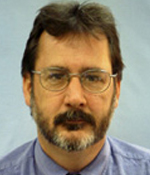
|
|
Professor, University of Massachusetts Amherst
|
|
Dr. Sanjay R. Arwade
|
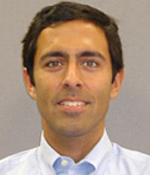
|
|
Assistant Professor, University of Massachusetts Amherst
|
|
Sean Kelton
|
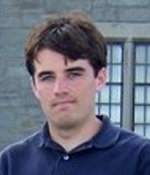
|
|
Graduate Student, University of Massachusetts Amherst
B.S. Civil Engineering, Bucknell University, 2008
|
|
Randy Machon
|
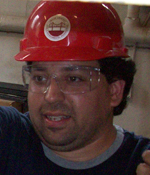
|
|
Undergraduate Student, University of Massachusetts Amherst
Major: Civil & Environmental Engineering
Expected Date of Graduation: December 2009
|
|
Johnny Sullivan
|

|
|
Undergraduate Student, University of Massachusetts Amherst
Major: Civil & Environmental Engineering
Expected Date of Graduation: June 2011
|
|
Ryan Mones
|
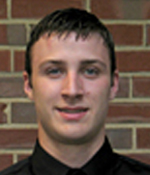
|
|
Alum
Graduate Student, University of Massachusetts Amherst
B.S. Civil & Environmental Engineering, University of Massachusetts Amherst, 2009
|
|
Kara Peterman
|
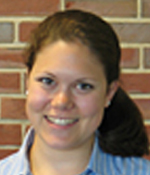
|
|
Alum
Graduate Student, Johns Hopkins University
B.S. Structural Engineering, Swarthmore College, 2009
|
|







